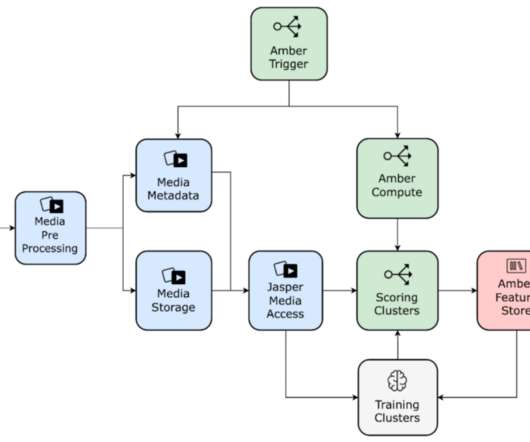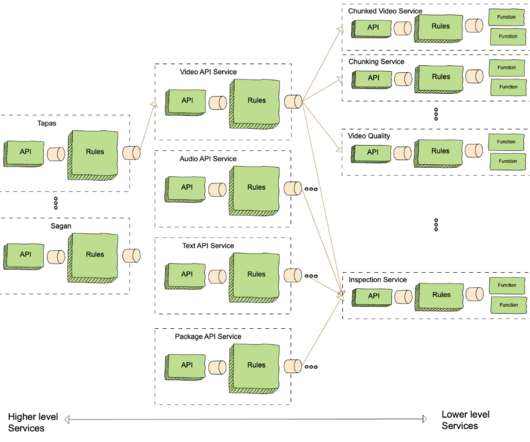Transparent Huge Pages Refresher
Percona
OCTOBER 3, 2023
Transparent Huge Pages (THP) is a memory management feature in Linux operating systems that aims to enhance system performance. In this post, we will explore THP, its impact on database servers, and how to disable it for optimal performance and stability. What are Transparent Huge Pages?




























Let's personalize your content